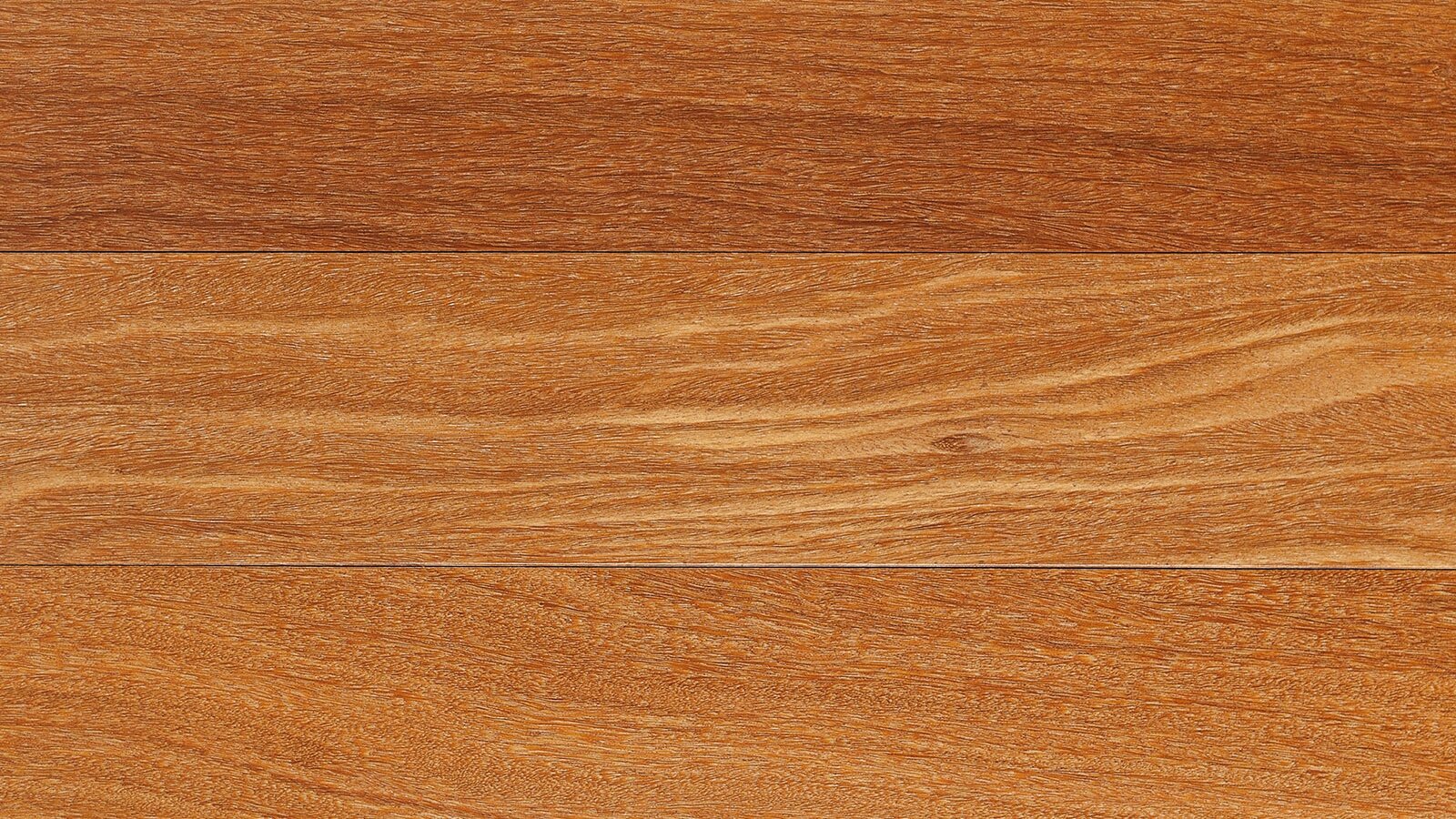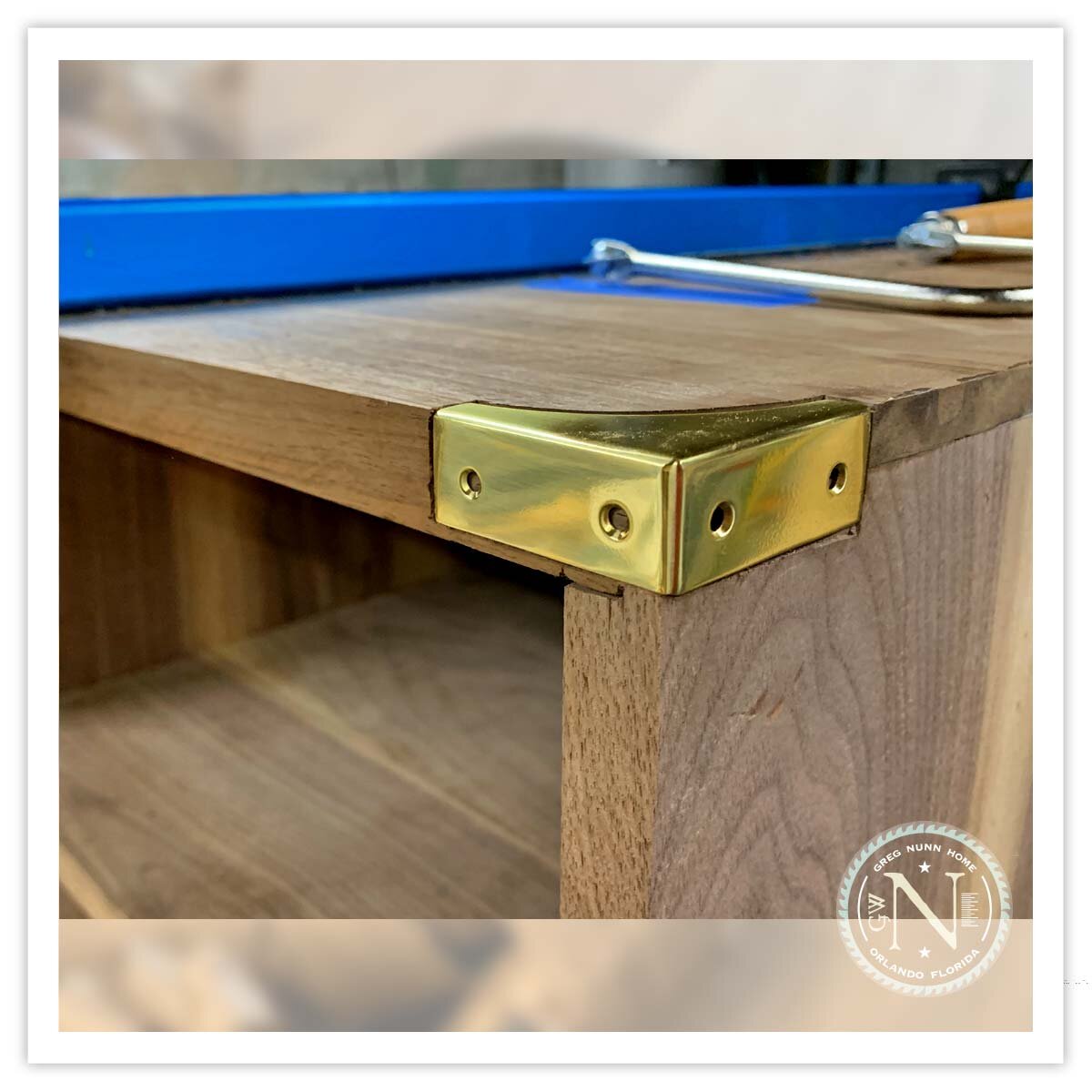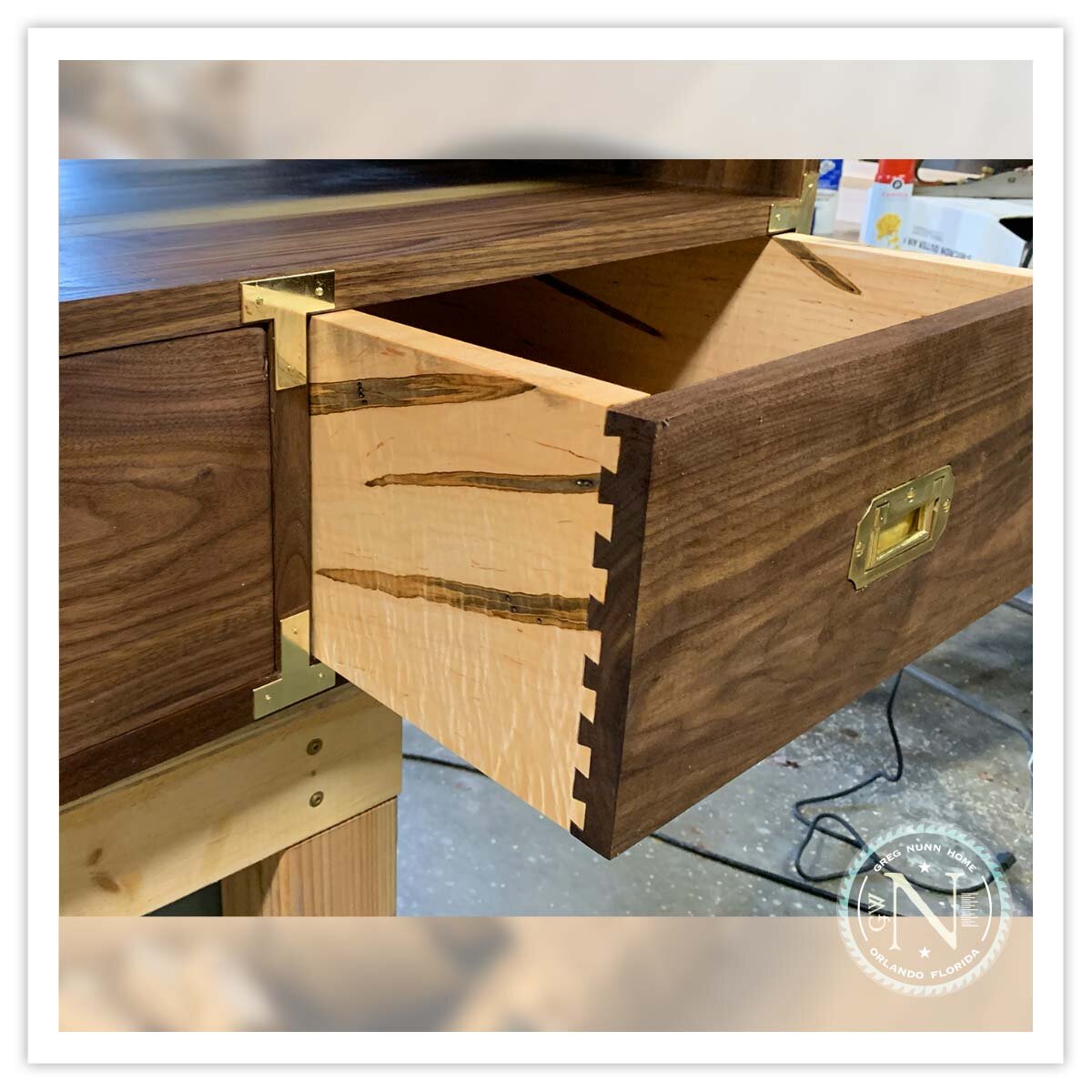
British Campaign Style Coffee Table
This build was an exercise in history and a project for a very specific client - my wife - who had a very clear vision of what she wanted in a coffee table. Classic, sleek but with a feel of a bygone time to quote “as if Indiana Jones might have owned it” and one that we could put our feet on without worry.
I wanted to stay true to the design intent of traditional British-built Campaign furniture usually made from teak or mahogany. These were the hardwoods available to the builders of the time and superb to withstand the intense tropical climates and constant use for which this style of furniture was intended. As this piece was being built in the US, I decided to use walnut for its deep rich brown color and similar strength properties. I have studied this style for quite some time, and unfortunately, there is not a lot written about the actual construction. I could only find one book in print about construction techniques, and it was based on building with hand tools available at the height of the style's popularity in the 1800s. I set about to build this in the traditional ways, starting with rough stock timber to correct dimensions with hand planes.
All joinery in the piece is hand-cut dovetails; the main body is full blind dovetails - joints that cannot be seen when together - a maddening detail but one that adds great strength to the connections without the need for screws or nails. If viewed from a low enough level, the hand plane marks on the underside as well as the saw marks from making the dovetails are visible. This detail (or arguably lack of detail depending on the level of your compulsion for perfection) is typical of furniture of that style and era.
The main casework is constructed with American walnut; I liked the added ribbon of lighter sapwood through it. Heartwood is the tree's older rings and has the deep rich color, while the sapwood is the exterior younger rings and is blonder in color. The drawers are made from contrasting Ambrosia Maple - the lighter color of the maple pops against the dark tones of the walnut. The Ambrosia streaks in the maple are a result of a fungus carried by the Ambrosia Beetle and adds additional character to the wood. Brass corner protection hardware is recessed, and drawer pulls are inset. British Campaign furniture was designed to fit snuggly into sea chests and wagons for transport hence the lack of hardware or décor standing proud of the piece. This was a true passion project paying homage to the original craftsmen who built Campaign furniture and the intrepid explorers and adventurers who relied on them.








